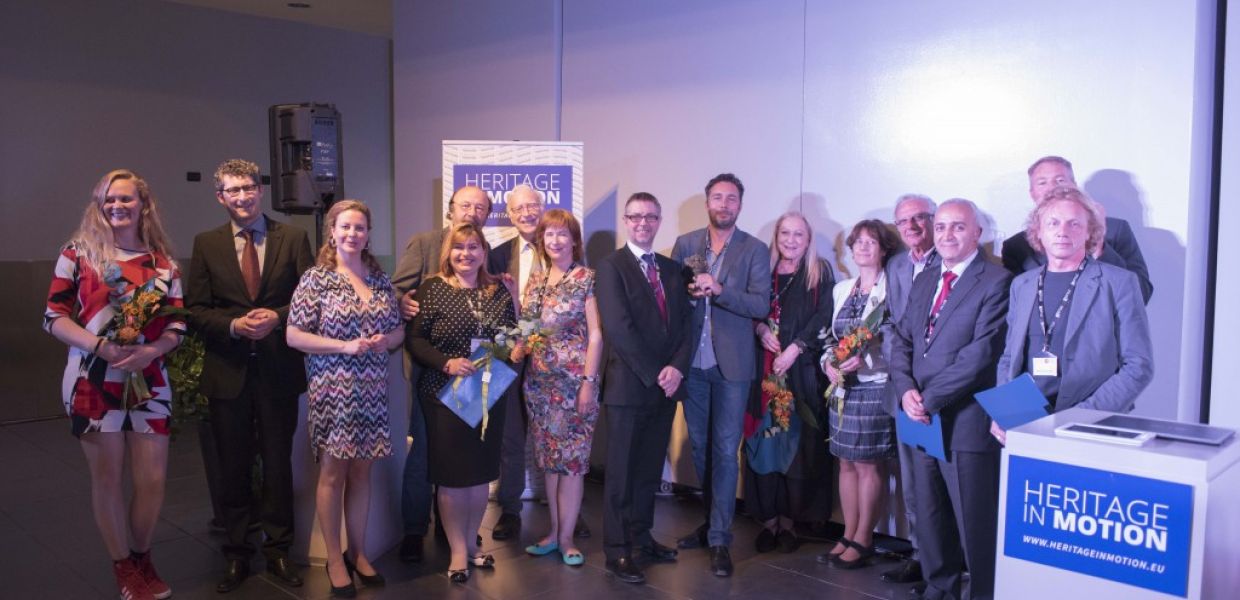Meet the Members Council: René Capovin

Even digital tourists like me are now aware that digitization is no gala dinner. Or that if it is, we forget that as well as feasting on its riches, we must also clear up its rubbish. Angels of information fight a never-ending battle with the devils of disorder.
The wild side of digital
To put it positively, the wild side of the digital world is a plus for us humans - it makes us less obsolete. Even badly recorded information stored in your grandparents’ brains matters if you’ve lost the floppy disc labelled ‘Grandparents memories’.
My one-year-old child is a great example of something that can very easily create digital disorder. Even at his young age, his eyes light up when my laptop does. And just a minute later, he’s doing everything he shouldn’t with his developing fine motor skills - opening programmes, changing settings, hopefully not buying anything! Since the dawn of Apple 0.0 (if not before), freedom is first of all freedom to do the wrong thing. Freedom native - yes; digital native - not yet.
The least one can say is that the digital world is a very complex and multi-layered reality. Europeana (at seven-years-old) is in transition, changing from portal to platform. That implies some changes to the Europeana family as well as the need for new educational models such changes necessitate. I consider Europeana a crucial project for at least three reasons: its truly European scope; its emphasis on the value of curated content; its Network.
I work for a network of European museums, EMA, and we would like to continue collaborating with Europeana on the European cultural scene. One example: Heritage in Motion, a multimedia competition for creators and users of films, games, apps and websites on themes related to Europe’s heritage - cultural and natural, tangible and intangible. Promoted by EMA and Europa Nostra in 2014, in 2015 the contest has been empowered by Europeana.
 Heritage in Motion Awards. Image: Heritage in Motion
Heritage in Motion Awards. Image: Heritage in Motion
Secondly, I would like to help Europeana with its bid to become a platform - focusing on new forms of content curation and distribution. Thematic routes (WWI, fashion etc.) and the collaboration with some ’national’ Wikimedia chapters are points of reference in imagining the future role of Europeana as provider of curated cultural contents through innovative formats. It is difficult, but it is crucial.
Thirdly, Europeana is built by hundreds of European institutions, as the composition of the Council clearly shows. How can this Network be strengthened and enlarged? An experiment is underway in Brescia (Italy), where I work: we are using content from Europeana in a project that aims to communicate local cultures in spaces of urban mobility, for instance the subway. Institutions involved in the project share with Europeana the need to be more rooted in people’s everyday lives - I hope that united we will stand.
